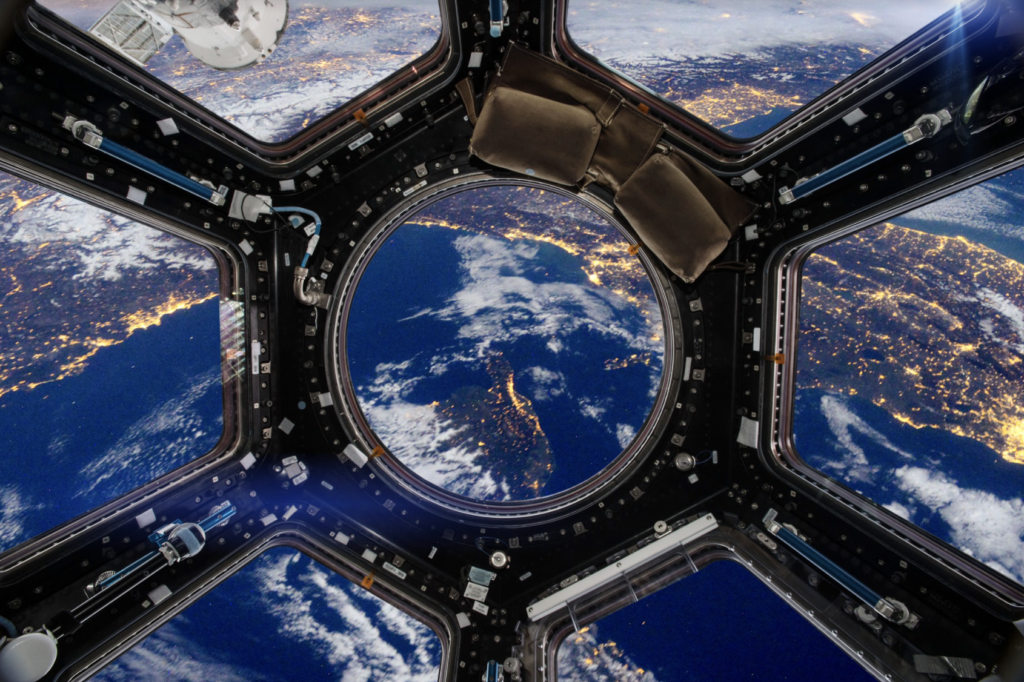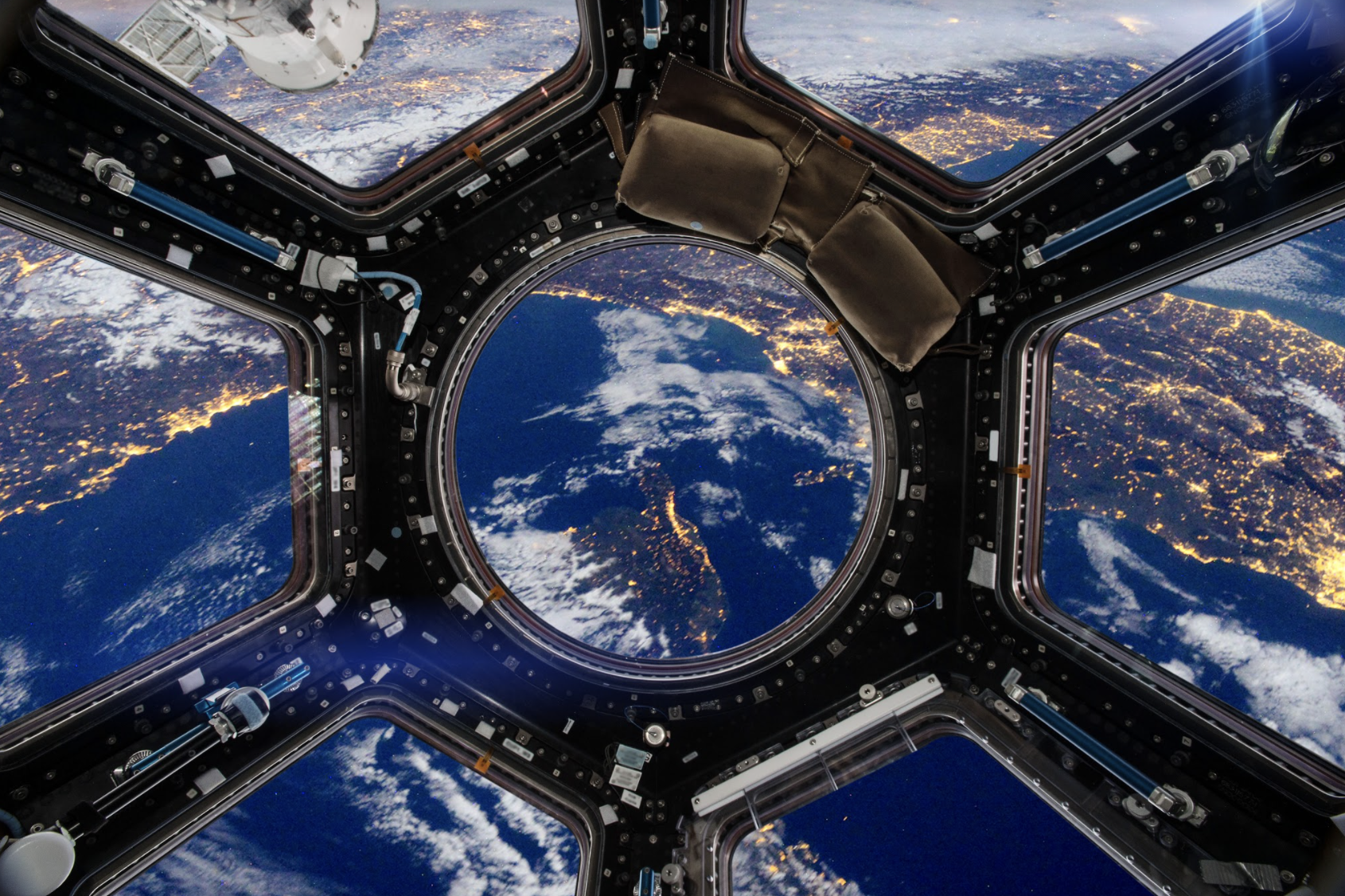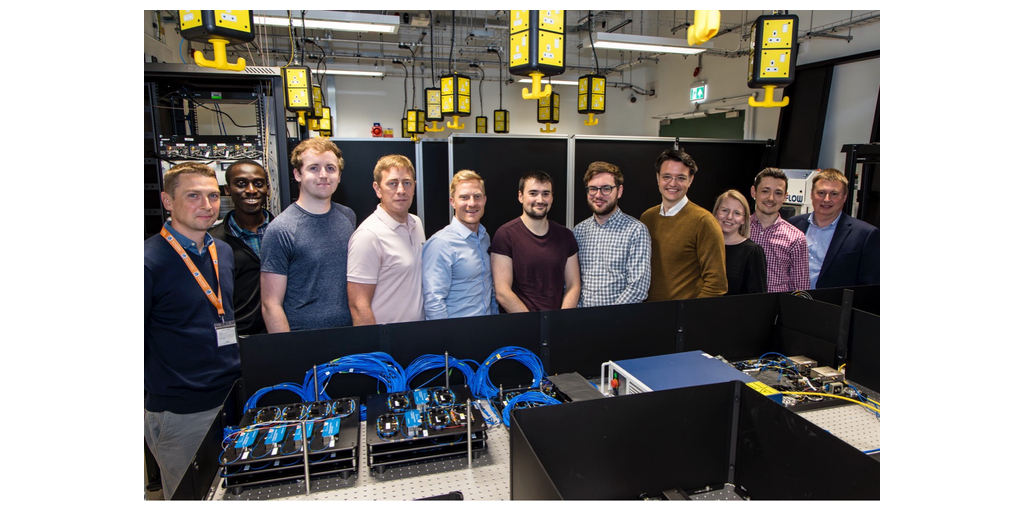
Over the decades, space travel has captivated the minds of individuals all over the globe. From wanting to visit space personally to wondering what else is out there in the universe, every person has looked upward with some form of these sorts of thoughts. Space exploration has evolved in recent years with more privatized brands, such as SpaceX. While the trajectory of the space exploration industry continues to change as technology advances, the industry is now looking to use quantum computing physics in space.
Benefits of Using Quantum Computing in Space
Faster Space Communication
In a 2020 article for Wired Magazine, NASA paired with MIT’S Lincoln Laboratory to develop a quantum laser system to help relay information from the ISS. Unlike regular lasers, this laser system would use entangled photons of light that would provide information without getting lost. The process of entanglement works when one photon’s quantum state is not completely independent of another photon’s quantum state. As such, they become entangled together. NASA hoped to use entangled photons to improve Earth-to-space communications. The entangled photons would be sent via LCRD (Laser Communications Relay Demonstration), a satellite set to launch in 2021. The LCRD would connect with another satellite to relay these entangled photons. The quantum link between these two satellites NASA has dubbed the “Marconi 2.0,” named after the famous scientist who invented the radio.

The reasons for improved communications between the ISS and earth are fairly straightforward. The long-distance between the two destinations makes it difficult to send information, such as photographs or videos. There is a lag time between sending the information and receiving it. Quantum technology (using quantum physics principles in technology form), in the form of entangled photons and satellites, can make space communication easier and faster. These communication methods would allow for high-definition photographs and videos to be sent faster and more efficiently. This in turn would expand the reaches of space exploration and improve space travel, as astronauts can communicate with experts on Earth at a quicker pace.
More Accurate Space Measurements
How do we measure Earth’s shape? The study of Earth and its properties, such as gravity, is known as geodesy. Measuring the earth’s shape is no small feat, and can be improved using quantum technology. In December 2020, NASA proposed using quantum technology in the form of quantum sensors, to better study earth. These quantum sensors would arise from a process known as quantum interferometry. Interferometry, while being a word to win a Scrabble game with, is a measurement technique looking at interference on background noise to extract data. While many measurement systems, such as an audio recorder, have interference on them, many researchers study these interferences to learn more about them. For quantum interferometry, researchers are looking at the interference of quantum states to develop accurate quantum sensors, which can filter out this interference. This allows for more accurate measurements of our earth’s gravity and magnetic field, without noise from other magnetic fields or gravity sources.
Further Space Exploration
In speaking on the importance of these improved sensors using quantum technology, Dr. Mauro Paternostro of Queen’s University Belfast stated: “it will be a game-changer, particularly for sensing and measurements. The development of new detectors with quantum-limited sensitivities and quantum-enhanced strategies for measurements, metrology, and sensing will allow exploring new physics and physical mechanisms and will enable experiments that are currently either prohibitive or impossible on the ground. We will end up with a much more resolved picture of the fundamental pillar of nature.” Using improved sensors can tell us more about the planets around us. This in turn can give us important answers to the origins of the earth, as well as why life has not arisen on other planets.
Quantum Technologies & Space Societies
As the popularity of applying quantum physics to space travel and measurement has risen, so too has the number of groups interested in this topic. One such group is QTSPACE or Quantum Technologies in Space. Vice-chair, Dr. Paternostro, explained the history of QTSpace: “QTSpace is an action of COST, a European funding organization that promotes and supports networks addressing research & innovation. It started from an initiative of myself, Angelo Bassi (University of Trieste, Italy), Hendrik Ulbricht (University of Southampton, UK), and Rainer Kaltenbaek (University of Vienna, Austria, and Ljubljana, Slovenia). We all had interests in the development of quantum technologies, the study of the foundations of quantum theory, and understood, back in 2015, that an incredibly fertile avenue was the one pointing to space. However, there was no large-scale community working on this topic, and we were conscious that such an ambitious goal could only be possible through trans-national efforts. So, we decided to set up a COST action to initiate a much-needed work of community-building. Thus, QTSPace was born.”
One thing that QTSpace has proposed is a Quantum Space Network, which would engage all relevant stakeholders within Europe who are interested in funding and researching these applications of quantum technology. A group like the Quantum Space Network would bring together some of the most brilliant minds to work on advancing the applications of quantum technology for space travel, leading to more grants for quantum research. Bassi, the chair of QTSpace, mentioned other activities that the group has worked on: “In its 4 years of life, QTSpace organized over 20 workshops, schools, conferences, and other meetings, engaging hundreds of scientists. Two significant outputs were the ‘Strategic Report for ESA and the National Space Agencies’ issued in 2017, and the ‘Policy White Paper on Quantum Technologies for Space,’ issued in 2019, which laid the foundations for the development of quantum technologies in space. They are now used by stakeholders and policymakers to define future actions and funding initiatives.” These policy papers are still used today.
Bassi is also a contributor to the Quantum Technology Flagship, a group established by the EU to focus on researching quantum technology and its applications. In the 2019 policy paper for the QTF, Bassi and Paternostro discussed extending quantum encryption to the communications between space and earth. In this paper, both Bassi and Paternostro stated that this quantum encryption “will be a crucial element of the quantum internet at the planetary scale and beyond.”
Conclusion
The applications of quantum computing in space could lead to potential development of a quantum internet, with encrypted and secure communication between two parties. According to Paternostro: “People are already talking of a quantum internet, which will only be possible through the use of up-links and down-links leveraging on space.” If this does happen, it won’t be anytime soon. That doesn’t stop quantum computing from being applied to space exploration. As this technology advances, so too should our understanding of our universe and our earth inside it.
References:
Bassi, Angelo., Paternostro, Mauro. “Quantum Technologies in Space Policy White Paper.” 2019.
“Introduction to the Quantum Flagship.” Quantum Technology. 2021.
Kohlrus, Jan, David Edward Bruschi, Jorma Louko, and Ivette Fuentes. “Quantum Communications and Quantum Metrology in the Spacetime of a Rotating Planet.” EPJ Quantum Technology 4 (1). 2017.
“NASA’s Plan to Turn the ISS into a Quantum Laser Lab.” Wired Magazine. April 22, 2020.
“QTSpace.” www.qtspace.com. 2021.
“Quantum Technologies Take Flight | Science Mission Directorate.” Science.nasa.gov. December 22, 2020.
“Space Applications of Quantum Technology.” Www.springeropen.com. 2018.
Wikipedia Contributors. 2019. “Interferometry.” Wikipedia. Wikimedia Foundation. April 9, 2019.
US Department of Commerce, National Oceanic and Atmospheric Administration. 2019. “What Is Geodesy?” Noaa.gov. 2019.
Interviews:
Dr. Angelo Bassi of the University of Trieste, Italy.
Dr. Mauro Paternostro of Queen’s University Belfast.
For more market insights, check out our latest quantum computing news here.


















